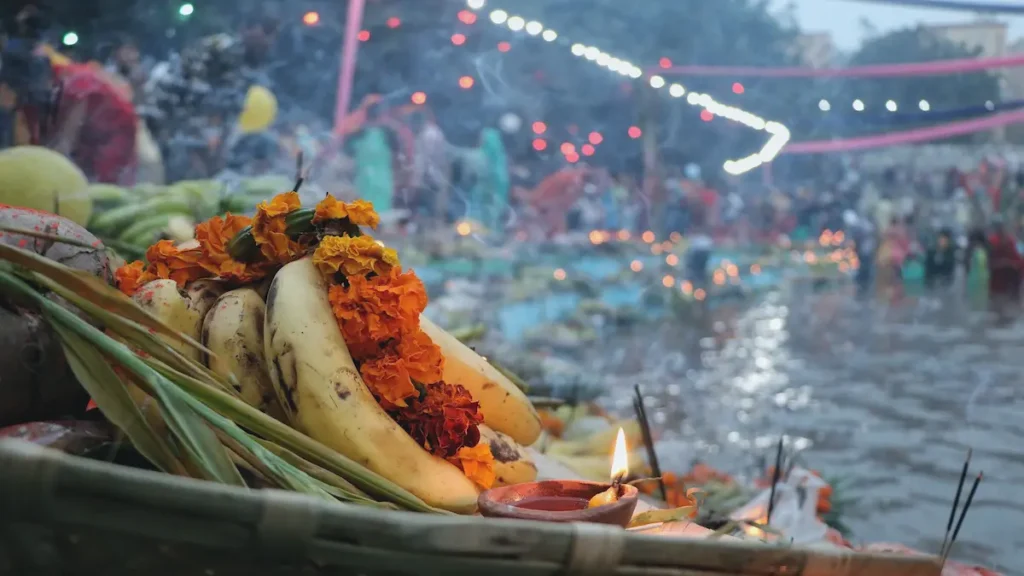Bihar isn’t just a name on the Indian map. It’s a living story — one that stretches from ancient kingdoms to busy railway stations and crowded village streets. This state in eastern India has seen empires rise, religions born, and people rebuild again and again. If you’re looking for raw history, real people, and big challenges, Bihar has it all.
Let’s start with where it is. Bihar sits between Uttar Pradesh, Jharkhand, West Bengal, and Nepal. It doesn’t touch the sea, but it has something better — the Ganga. This mighty river cuts across the state and feeds the land. Along with the Ganga, rivers like Kosi and Gandak shape the fields, the villages, and the lives here. These waters make Bihar rich in soil, which is why farming is still the main job for most families.
Also Read: Rich Dad Poor Dad (Marathi)
More than 10 crore people live in Bihar. That’s more than many countries. The cities are packed. The villages, full of life. Hindi is the official language, but that’s just the beginning. People speak Bhojpuri, Maithili, Magahi — all beautiful in their own way. You’ll hear songs, folk tales, and stories in every dialect. The sounds of Bihar are layered and rich.
Now let’s talk about history. This land gave India some of its strongest rulers — the Mauryas, the Guptas, and the powerful Ashoka. Nalanda and Vikramshila were like the Harvard and Oxford of ancient India, drawing students from across Asia. The roots of Buddhism and Jainism also run deep here. Bodh Gaya, where Buddha found enlightenment, is still one of the most visited spiritual sites in the world.
But Bihar isn’t stuck in the past. Life here is fast, chaotic, and full of energy. The roads are crowded. The trains are packed. Yet people keep moving, keep building, keep dreaming. That’s the spirit of Bihar.
Jobs are hard to find in many parts of the state. So people leave — to Delhi, to Mumbai, even abroad — chasing better lives. But they always carry Bihar with them. They take its food, its language, its songs. And when they come back during Chhath Puja, entire towns light up. It’s more than a festival. It’s a homecoming.
Education is still a challenge. Many kids go to school, but not all finish. Government schools struggle. Private ones are out of reach for many. Still, Bihar has produced some of the country’s sharpest minds — from IAS officers to scientists to authors. Patna University, Nalanda University, and IIT Patna are trying to change the game.
Politics? Loud and full of drama. Bihar has 243 Assembly seats and sends 40 MPs to the Lok Sabha. Leaders come and go, but the political energy never fades. Whether it’s the ruling JD(U) or the RJD, BJP, or Congress — everyone wants a piece of Bihar’s vote bank. And voters here? They know their power. They debate, argue, and decide.
Tourism is growing too. People come from all over to see Bodh Gaya, Rajgir, and Vaishali. These places aren’t just old — they’re alive with meaning. And Patna, the capital, has its own charm. Walk along the river, visit the museum, or just sit at a chai stall and listen to the city breathe.
Bihar isn’t perfect. Poverty, migration, lack of jobs — these are real problems. But what stands out is the grit. People hustle. Families support each other. Youngsters dream big. Bihar might move slowly, but it moves with heart.
This state isn’t trying to impress anyone. It knows where it came from. It knows where it wants to go. And if you spend some time here, you’ll see why Bihar matters. It’s not just a place — it’s a force.
For more related stories and updates like this, check out our Awareness category.


